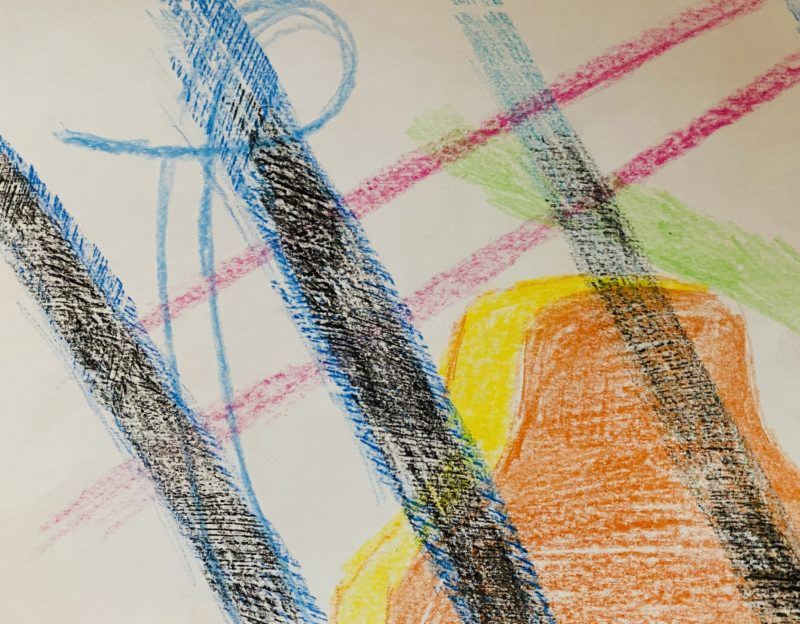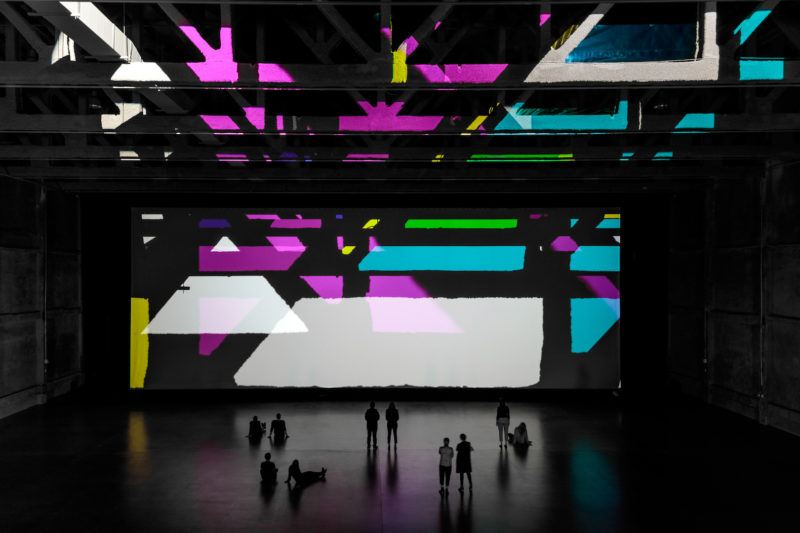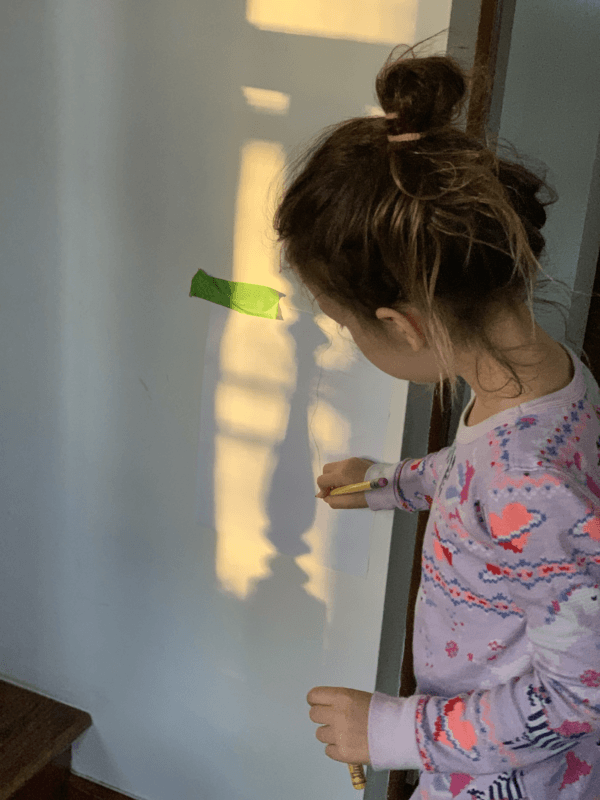Teaching with Contemporary Art
Reigniting Your Childhood Curiosity

Photo by Julia Munar.
Have you ever walked through a museum or gallery and tried to imagine seeing the art around you through the eyes of a first- or second-grade student? What kinds of questions would they ask? What types of colors would they respond to? What would they think is funny or weird? Which works would make them want to go home and make some art? Thinking about the way an elementary artist would respond to art can give you a fresh perspective and makes looking at art a whole new experience.
In the summertime, when I am planning for the coming school year, I always try to see lots of new art that I can share with my students. The thing I like best about sharing art with young children is the fact that they will surely notice something that I didn’t see, ask a question that I wouldn’t have anticipated, or compare the work to something clever and unexpected. Some of my favorite conversations about contemporary art are the ones with my students; you never know what young children’s responses will be. I have taught art to elementary students for thirteen years, and when I see art at museums and galleries, I can’t help but imagine what a child would think about the art that is on display. I wonder how my students would react, which pieces they would hone in on, and what types of questions they would ask: How did the artist do that? What is it made of? Who made it? Are we going to use that material in class? I love to find works of contemporary art that ignite the interests of the children and invite them to broaden their ideas of what art can be. It is exciting for children to see adults working with colors, ideas, and materials that appeal to their interests. It is thrilling to find a work of art that is new to you and will spark great conversations in the art studio.
One of these experiences was seeing Olafur Eliasson’s exhibition, In Real Life, at the Tate Modern. There were many works that were interactive, curious, and playful; the show spoke to childlike curiosities and opened young children’s minds to the possibilities of art. The piece that children and families were most excited about was Your Uncertain Shadow, which featured spotlights placed on the floor, projecting five colors on a white wall. When a viewer walked past the lights, their silhouette was projected on the wall several times with layers of colors. I saw many adults and children interact with the piece in playful ways, dancing and moving around while watching their multicolored shadows grow and shrink. This work made me think about shadows in a new way, and I began paying closer attention to the shadows in the world around me.

Olafur Eliasson, “Reality Projector,” 2018. Installation view: Marciano Art Foundation, Los Angeles Courtesy of the artist, neugerriemschneider, Berlin, and Tanya Bonakdar Gallery, New York/Los Angeles. Photo: Joshua White © Olafur Eliasson
In 2020, when remote teaching began, I tried to think of what materials my students had around their homes that they could use to make art. Looking around my own home, I began noticing the shadows around me. I thought about Eliasson’s work at the Tate Modern and decided to plan an exploration of shadows for my students. I shared information about the piece, Your Uncertain Shadow, and I invited students to move around their homes and notice the shadows they saw. Once they located some, I encouraged them to document the shadows by tracing and creating a collection of them. As students created their shadow collections, some traced each shadow with a different color, some focused on just one shadow, and others neatly spaced each shadow. Many students commented that they had never noticed all the shadows in their homes. One student commented that noticing all of the shadows around him made his house seem new. Some students made multiple shadow collections as they noticed more and more shadows. Much like my experience of Eliasson’s work made me think of shadows in a way I never had before, this art challenge prompted students to explore their homes with a fresh perspective.

Photo by Julia Munar.
When you find a work of art new and exciting, you can bring that curiosity and energy back to your art studio. Seeing unfamiliar art can make you consider something in a different way and can ignite your childlike curiosity. As art teachers, we need to spark our imaginations in order to design engaging art experiences for our students. For me, seeing art can inspire me to consider a new material, help me think of new challenges, or make me think of new big questions to ask my students. Keeping students in mind when I am looking at art helps me to find inspiration and think about fresh ways to share art with my students.



